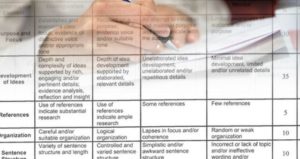
Managing Student Complaints
Knowing how to handle student complaints is an essential skill for department chairs. In an interview with Academic Leader, Patricia Markunas, chair of the psychology department at Salem State University, offered advice on minimizing the number of complaints and managing those that do make it to the department chair.









